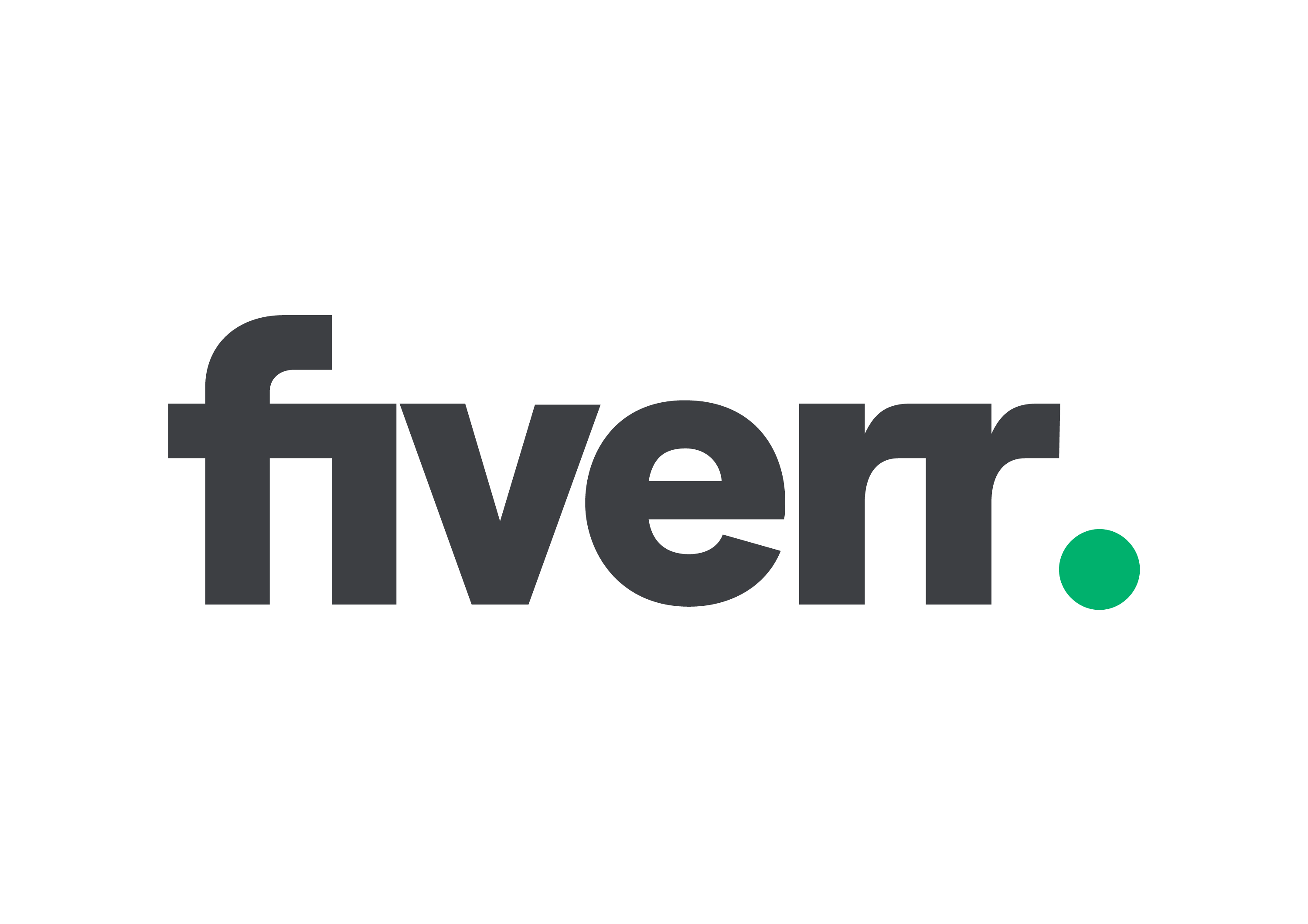It’s no secret that most businesses were hit hard by the pandemic, but let’s be real: Little guys suffered more than most.
While corporations like Amazon and Microsoft posted record profits, small-business owners struggled like never before. We don’t have as much cash on hand to get us through the rough patches or to weather dips in sales. Some of us had to close vital storefronts or locations where we served our customers. Supply chain issues became dinner-table conversation. And with people out of work, our teams were decimated.
Illness, caring for family, homeschooling children, lack of public transportation, fear; there were many reasons workers stayed home. The result was that employers had no choice but to embrace flexibility. To stay in business, we had to get creative. It’s about time.
Normalizing flexibility was overdue
While women were most negatively impacted by the pandemic, Covid only exacerbated the stressors we have always faced in the workplace. Suddenly, all of our “invisible” work that was put in before, during and after work was impossible to hide — despite our carefully curated Zoom nooks. Childcare, every working woman’s holy grail, disappeared. School moved home. In the first weeks of the pandemic, those of us who could work from home delighted in background dogs and infants bouncing on knees. The attention given Zoom dads showed a crazy, upside-down blip in the American work ethic that viewed these competitors for workers’ attention as fun.
The secret? Those dogs, those high school students, those infants, those piles of laundry and unwashed dishes — they were there all along. The pandemic instigated extraordinary stressors, to be sure. But as a business owner, you know that prior to 2019, our workers still were diagnosed with cancer or suffering through divorce. They got flat tires and waited for buses that never arrived. If anything, Covid finally normalized how people’s lives intersect with their work.
Related: Your Employees Expect Schedule Flexibility. Here’s How to Give It to Them
Flexibility as a business philosophy
At the core of flexibility is the belief that each one of us wants and needs room to experience the things that bring us joy, we want to prioritize our health and safety, to care for our loved ones and feel cared for, and to contribute meaningfully to our economy and offer our unique gifts and talents to our workplace. While the traditional office or downtown cores may never look the same again, it takes more than laptops and Zoom to fulfill the promise of flexibility. That we’re all working more now has proved that.
Flexibility isn’t a benefit offering; it’s a philosophy. The question of flexibility is not one about remote vs in-office work. It is a matter of complete trust and letting go of micromanagement. If you approach it as a benefit, equal to unlimited soda or a game room, you’ll likely fail. Rather, it must become the philosophical underpinning of your operations. I can attest that to make it work, it requires time, money and creativity.
However, what you reap in terms of loyalty, retention and performance far outweighs that effort. Flexibility also opens your talent pool, creating a legitimate draw for exceptional talent and diversifying the types of workers you may pursue.
Related: The Future Workforce Will Need a Workplace Of Trust and Flexibility
Incorporating flexibility into small-business operations
Shifts in the labor market have made flexibility policies a near-necessity to attract prospective hires, but defining what flexibility looks like in practice and adjusting operations to accommodate a new flexibility policy is a challenge for small businesses. Here are some examples of what true flexibility can look like and what it takes.
Full benefits for part-time workers. Yes, this costs more. What it also creates is an environment where caregivers stay in the workforce and workers can tend to their mental and physical health. In some states, such as Washington and California, businesses are aided in part by state-run family leave and sick-leave programs funded by all workers in the state.
Suspend judgment. In my definition of flexibility above, you’ll note many subjective concepts — joy, health, giving and receiving care. For example, while accommodation of childcare might make sense to one manager, a travel opportunity could be deemed optional while the worker considers it essential to mental health.
Trust your workers to know what they need. What you get to prescribe is what it looks like for them to contribute meaningfully. Someone wants to work a 30-hour week and pick up their kids from school every day. Work together to figure out how to accommodate regularly scheduled meetings, client calls and a good workflow.
Practice saying yes. As entrepreneurs, we can extend our mindset to our operational practices and default to yes when workers express what they need and want. To take a recent example, say an employee has the opportunity to do a house swap in Chile for a year. She’s already working remotely, she’ll have good internet, and it turns out Chile is in the same time zone. Why say no?
Be proactive and stay open. There are common proactive flexibility policies, and many work well — four-day work weeks, unlimited time off, choose your own schedule, paid leave, health vouchers or stipends and remote work all come to mind. But we all know that what you can never expect will always happen at some point. Which is all the more reason to always focus on retaining incredible talent who will continue to contribute to your company’s success.
Copyright 2022 Entrepreneur.com Inc., All rights reserved






More Stories
Think three times before you customize
Where to Start with Local SEO
Charting the global economy: inflation eases from US to Europe